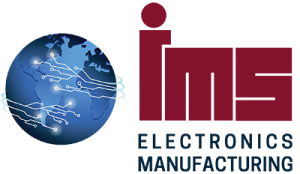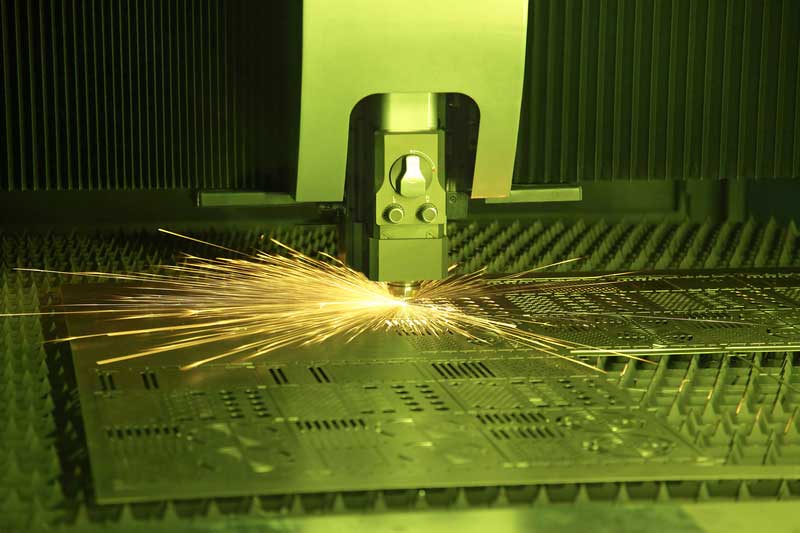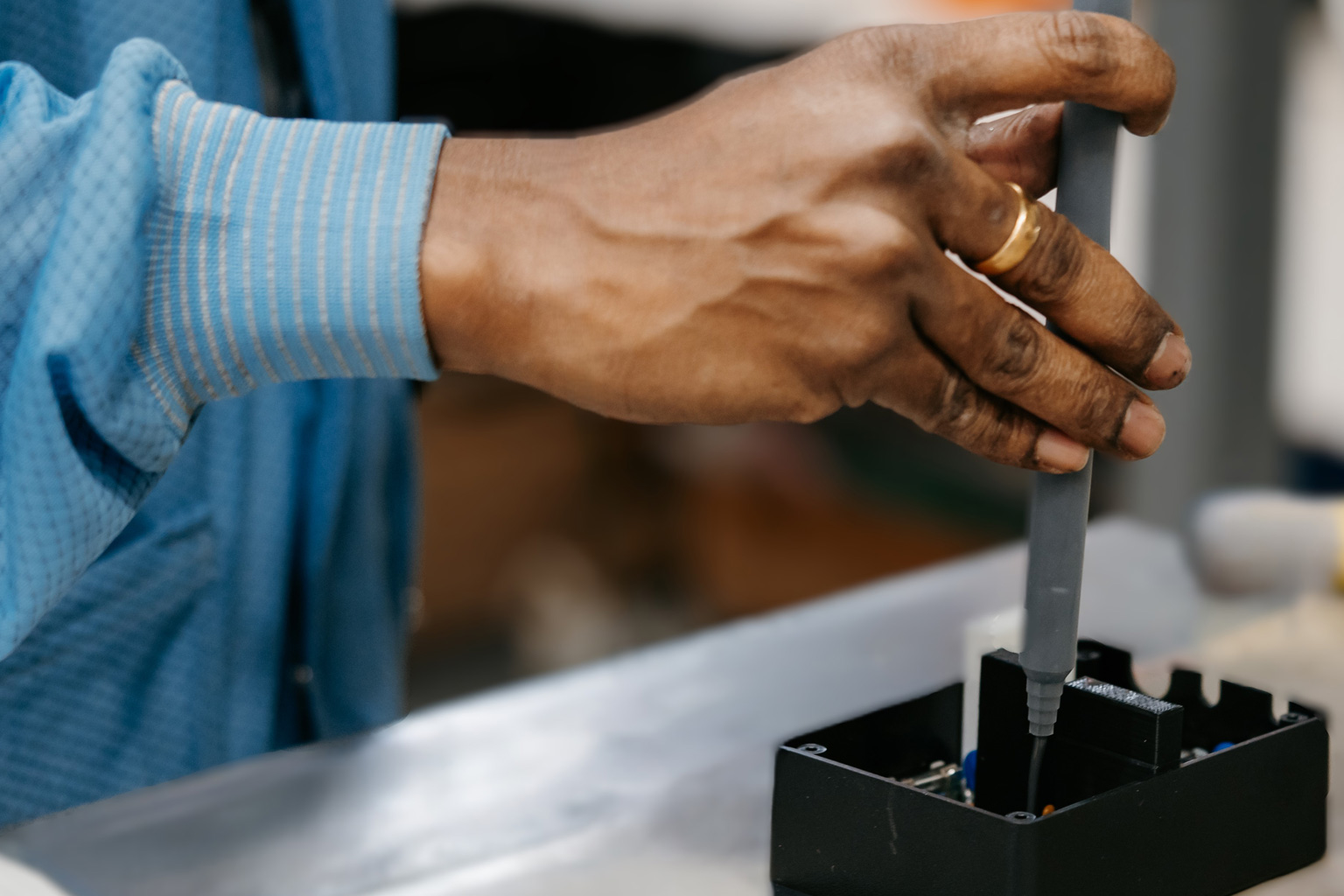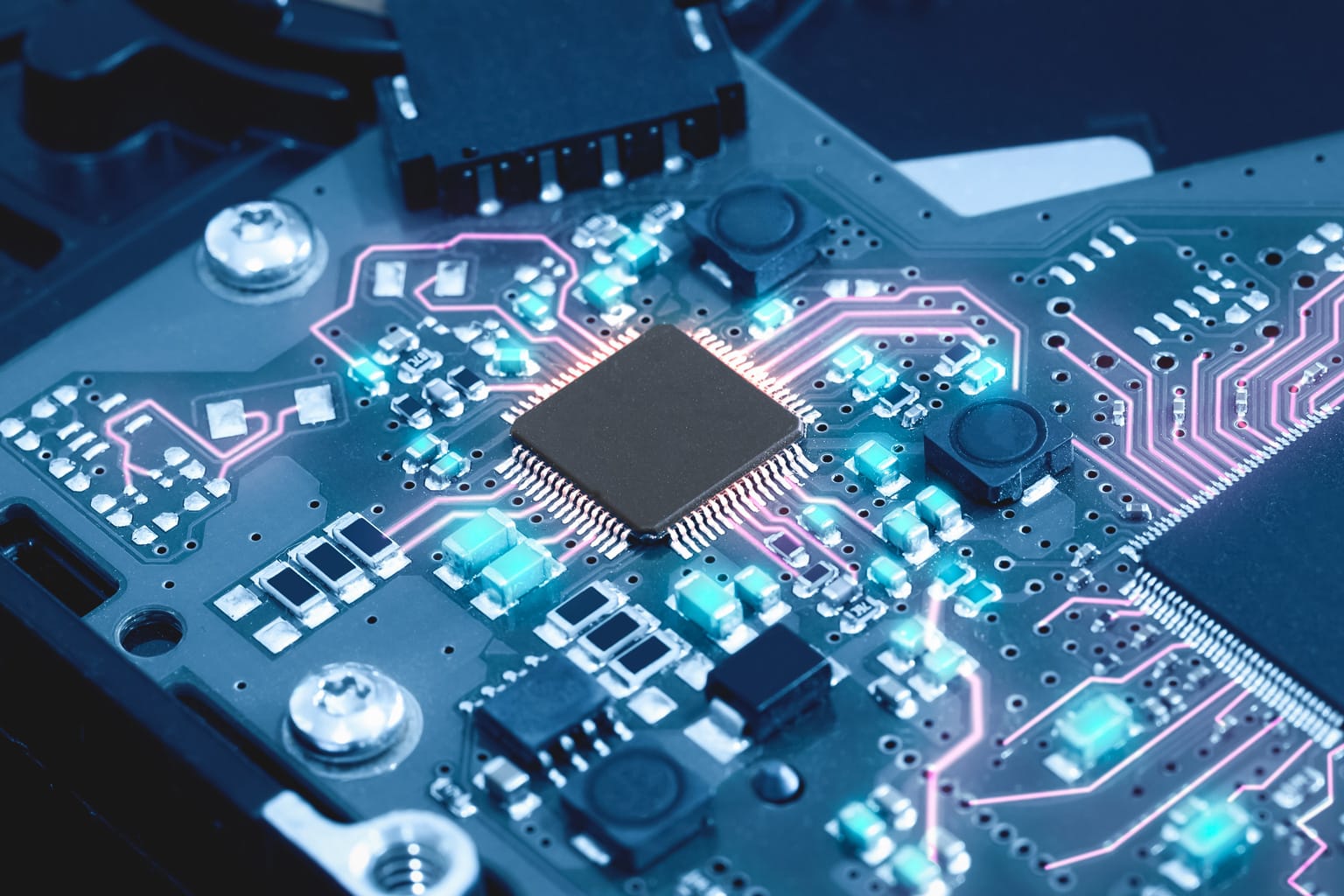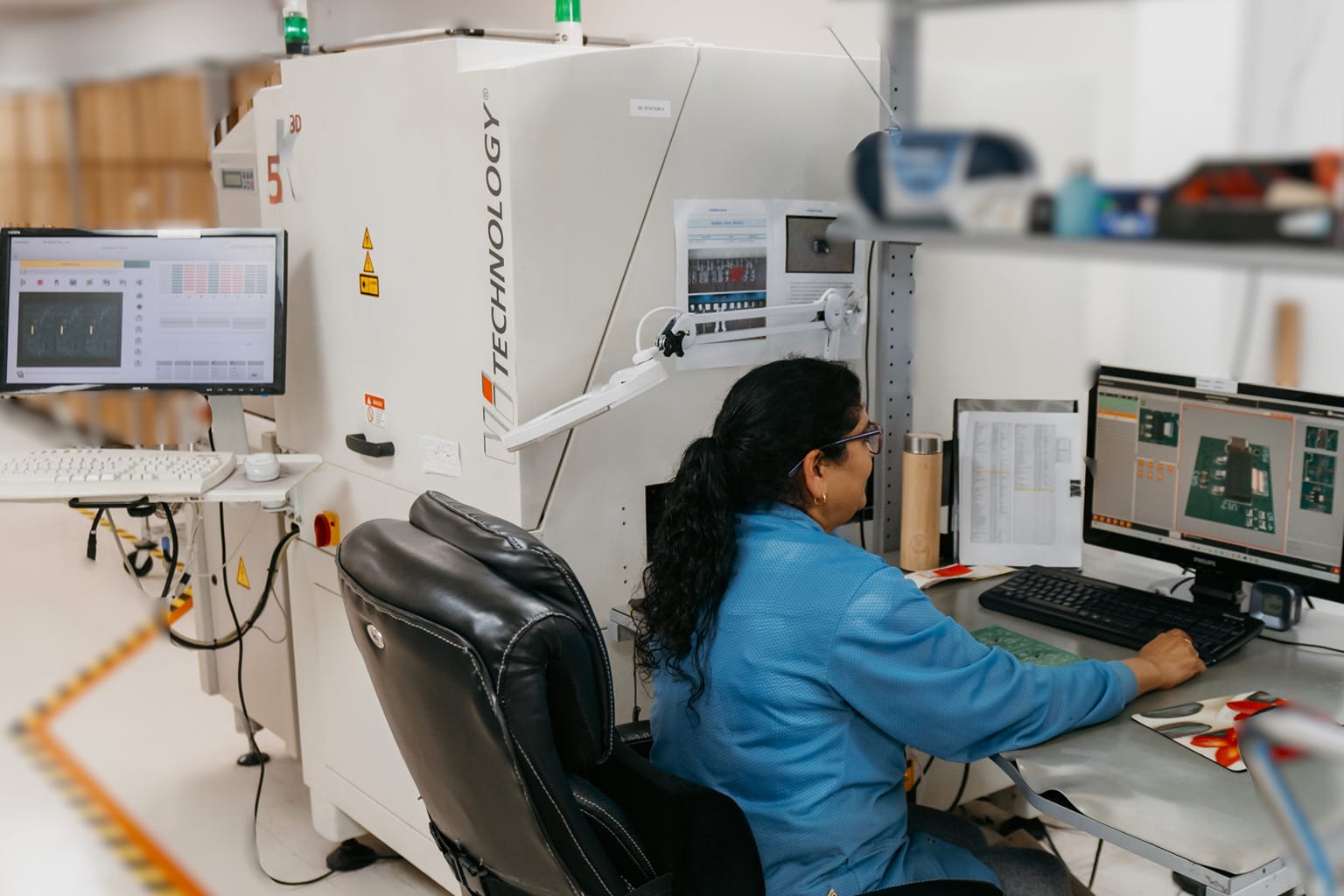There are a number of sheet metal cutting and bending systems that are used to create prototypes and products. In recent years, laser cutting has become popular. Lasers are traditionally known for their drilling, cutting, welding, marking and selective heat-treating capabilities but the use of lasers for metal bending has become more commonplace.
What is a laser cutter?
A laser cutter is a prototyping and manufacturing tool used in machine shops, in industries and by makers and artists. Though the laser beam is often used to pierce/cut through materials creating patterns and geometries and etching designs into workpieces, it can be used to bend 2D metal sheets into complex 3D objects in a process called laser forming. A user designs an idea on the digital software and sends it to the laser cutter. Once the laser cutter receives the file, the machine uses a laser beam to complete the instructions.
What are laser cutting and laser forming?
Laser cutting is the process of cutting a material using a laser beam. This technology uses a concentrated beam of light to cut and/or etch metals. The cutter is connected to a CNC (computer numerical control) machine and uses smart software that designs a prototype. The design is then translated into a series of instructions to the cutter. Laser forming (bending of metal) is an innovative technology that uses a laser beam to form sheet metal by thermal stresses. The technique consists of traversing a laser beam along a bend line on the material’s surface. Then, the heated portion of the material undergoes an intense cooling (using water or gas) that creates an internal stress field, resulting in a bend along the line of the laser beam traverse. The bend occurs due to the rapid heating and cooling of the metal along the bend line. Laser forming is suited for short production runs, eliminating the need for expensive dies and reducing cycle time.
Advantages of laser cutters:
- Affordable prices: Costs for a project are determined by labour, operation and machine costs. Laser cutting is an automated process utilizing computer numeric control (CNC). An operator inputs specifications and the computer does the rest, reducing labour costs. The larger the order, the more cost-efficient laser cutting becomes. Traditional cutting tools use a blade which dulls, requiring cost to repair and maintain. Lasers do not go dull, reducing costs as little repair and maintenance are needed. Laser machine costs are similar to other cutting technology.
- Efficiency and speed: Laser cutters are faster than bladed cutting tools and have 24/7 cutting capability. Once programmed, they work until the order is complete, even if an operator is not present. Traditional designing is time consuming, especially when the design is small and intricate. A laser cutter is fast and effective.
- Enhanced quality: A laser cutter completes cuts with minimal variation, resulting in a high quality product with few defects.
- Precision: Laser cutters offer extremely detailed cutting, within the tightest tolerances and with minimal burning. Laser cut edges and curves are smooth, sharp, and clean with little, if any, burring. Little to no clean up is involved in the majority of laser cutting projects.
- Automation allows for greater productivity and superior product quality. Codes are entered into the computer, resulting in pieces that are identical and free of flaws.
- Versatility: No need for an array of different tools as the laser cutter is capable of a variety of functions. Routine tasks/projects, prototypes, industrial orders, delicate designs and larger cutouts are all possible. Lasers can make holes, slots, tabs and other cut fabrications with no interruption of the cutting process.
- Material range: Metals common in industrial processing (steel, aluminum, stainless steel, non-ferrous metal sheets) can be cut and/or bent. Sheet thicknesses from .5 to over 30 mm can be processed using a laser cutter, allowing a variety of applications.
- Contour freedom: The laser beam heats the material locally, the rest of the workpiece has little to no thermal stress. This allows for intricate contours/bends with little or no post-processing necessary. A laser cutter can be used for small lot sizes, large variant ranges and in prototype construction.
- High-quality cutting edges with ultrashort pulses make heat influence virtually undetectable, making a laser cutter ideal for the manufacture of intricate metal products.
- Accuracy: The strong beam achieves great precision, up to a fraction of a mm. A laser cutter creates a high standard and a precise product.
Why we use a Trumpf laser cutter:
At IMS, we use a Trumpf laser cutter to bend 2D metal sheets into complex 3D objects in a process called laser forming, great for the rapid manufacturing of metal parts. We use our Trumpf laser for a diverse spectrum of components across all industries. While other processes involve applying large-scale tools with enormous power to the sheet metal, the Trumpf laser completes its task without any contact, meaning no deformities or damage to the workpiece. Trumpf lasers boast advanced technology, precision and ease of use. With this cutter, we can cut parts out of almost any metal, including steel, stainless, aluminum, copper, brass, zinc, nickel alloys, tool steels, etc. Our laser also cuts coated metals such as galvanized, aluminized, anodized and pre-painted metals. It cuts faster and cuts thicker materials than most laser cutters. The Trumpf laser quickly and accurately cuts parts that are clean and nearly burr-free with no nibble marks, dross or rapid rust formation. Trumpf lasers are unparalleled in power and precision and offer advanced technology with simple operation.
Using the Trumpf laser cutter enables IMS to offer precision, speed and affordable sheet metal fabrication services. We produce complex shapes, repeatedly, accurately, quickly and at a great price. Contact us to discuss options available for your sheet metal fabrication needs.
